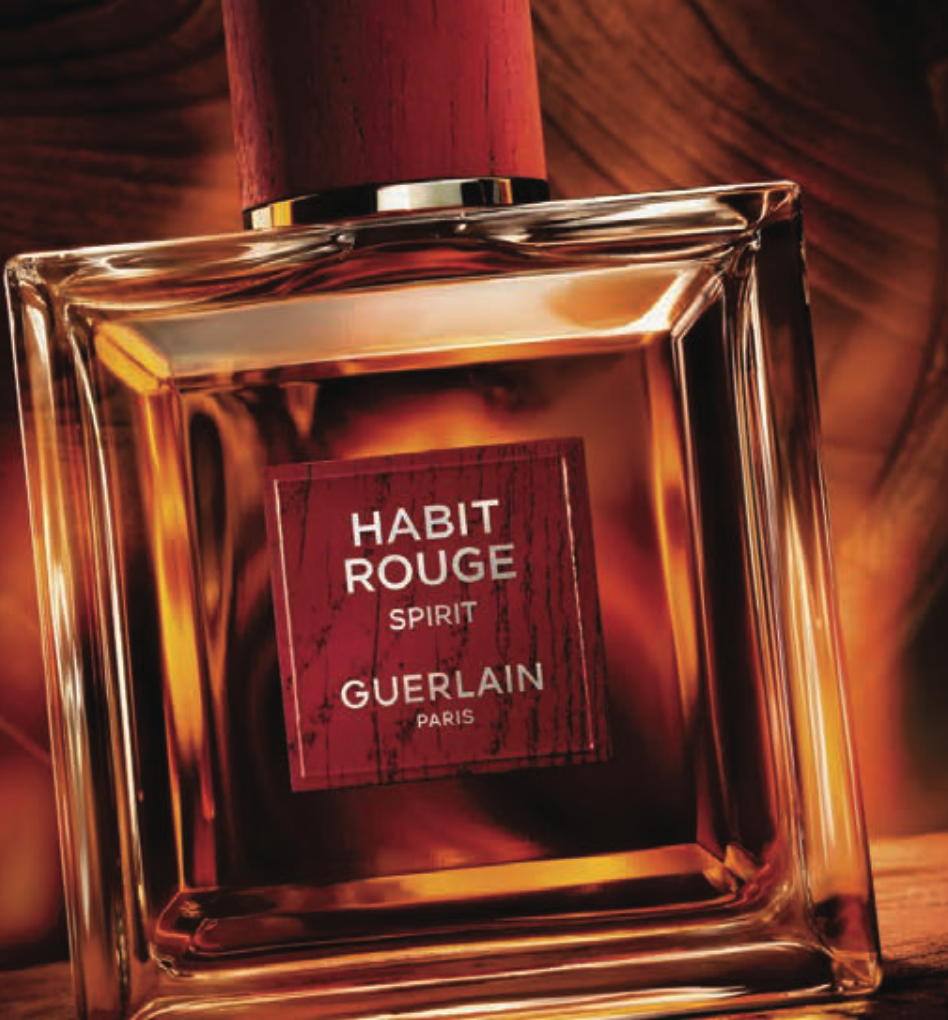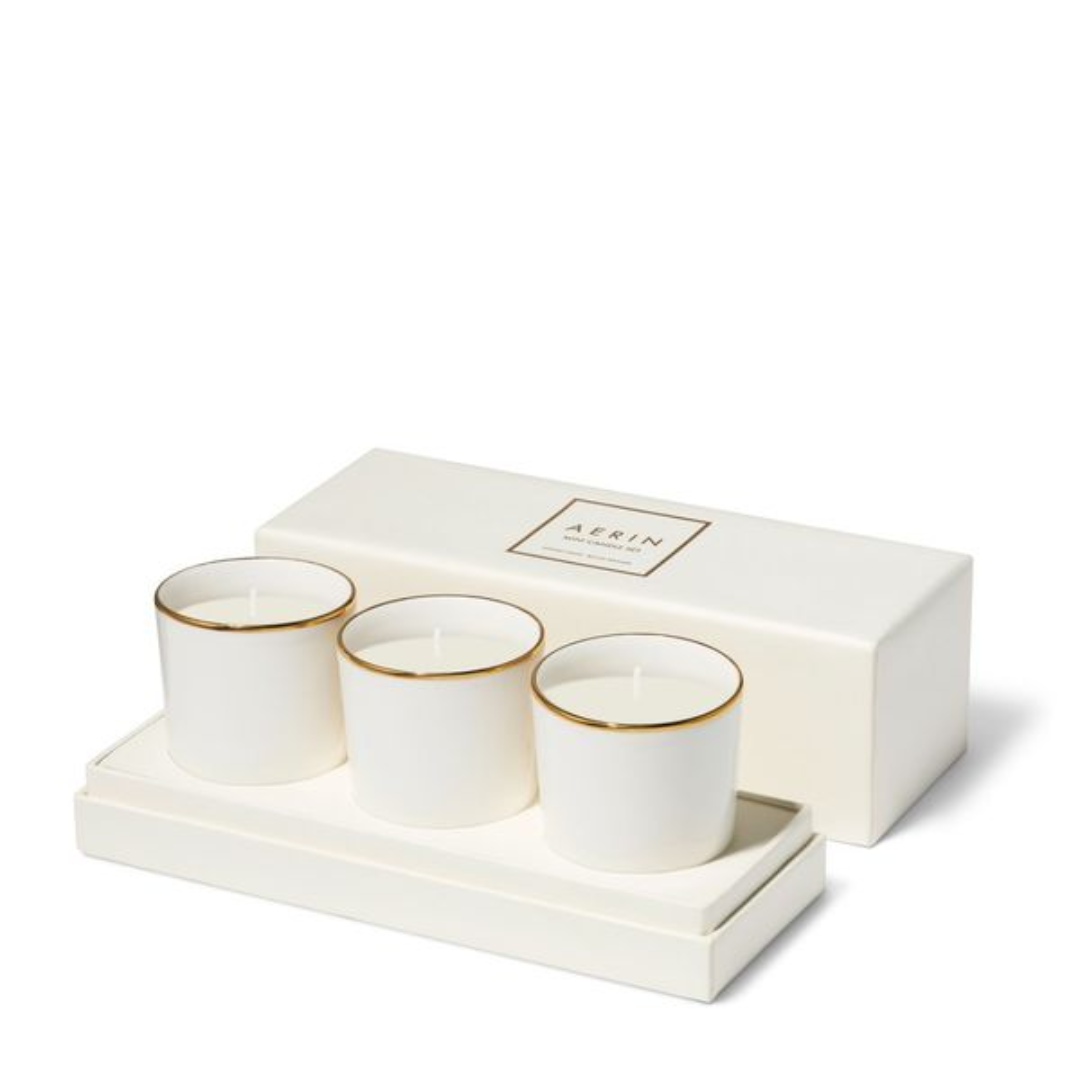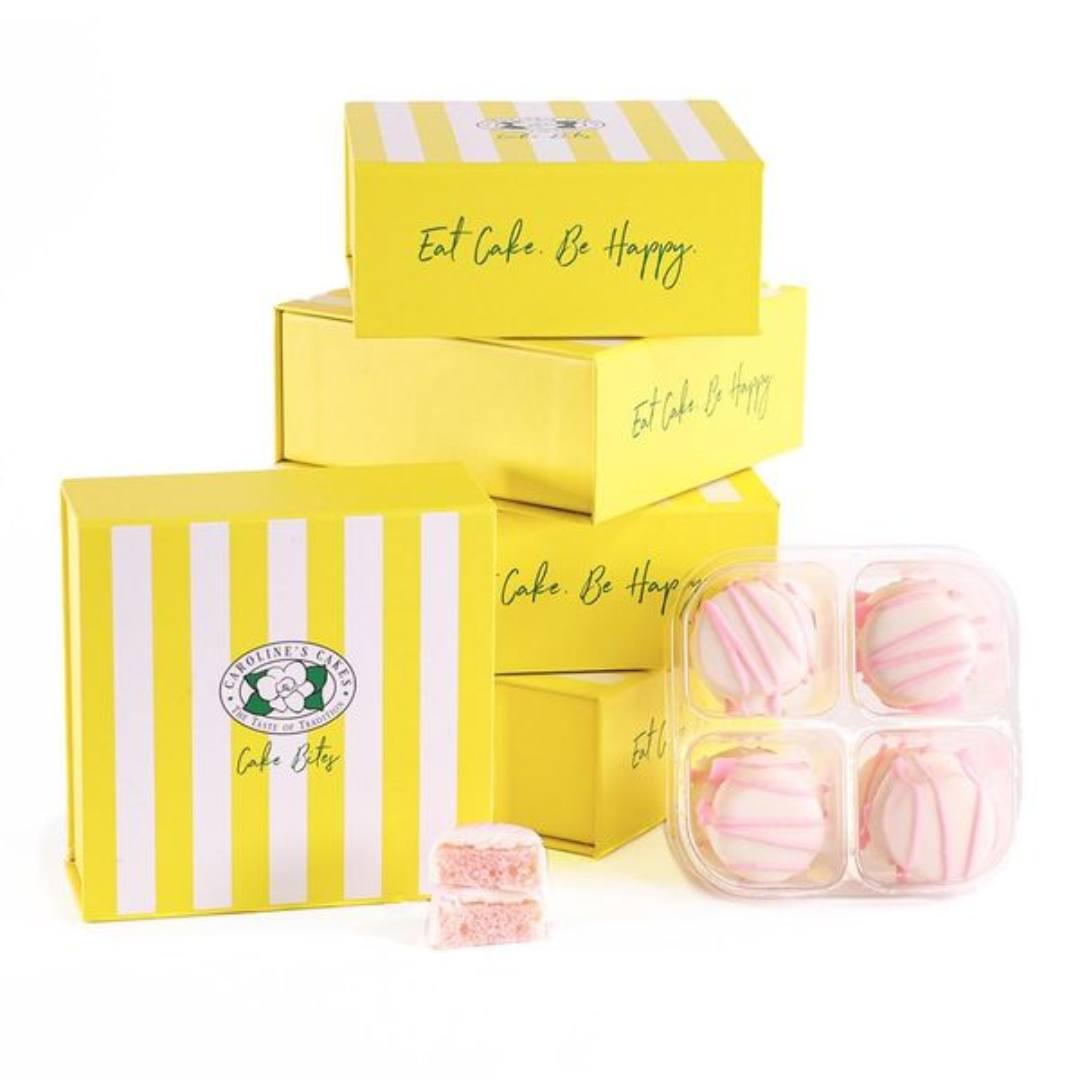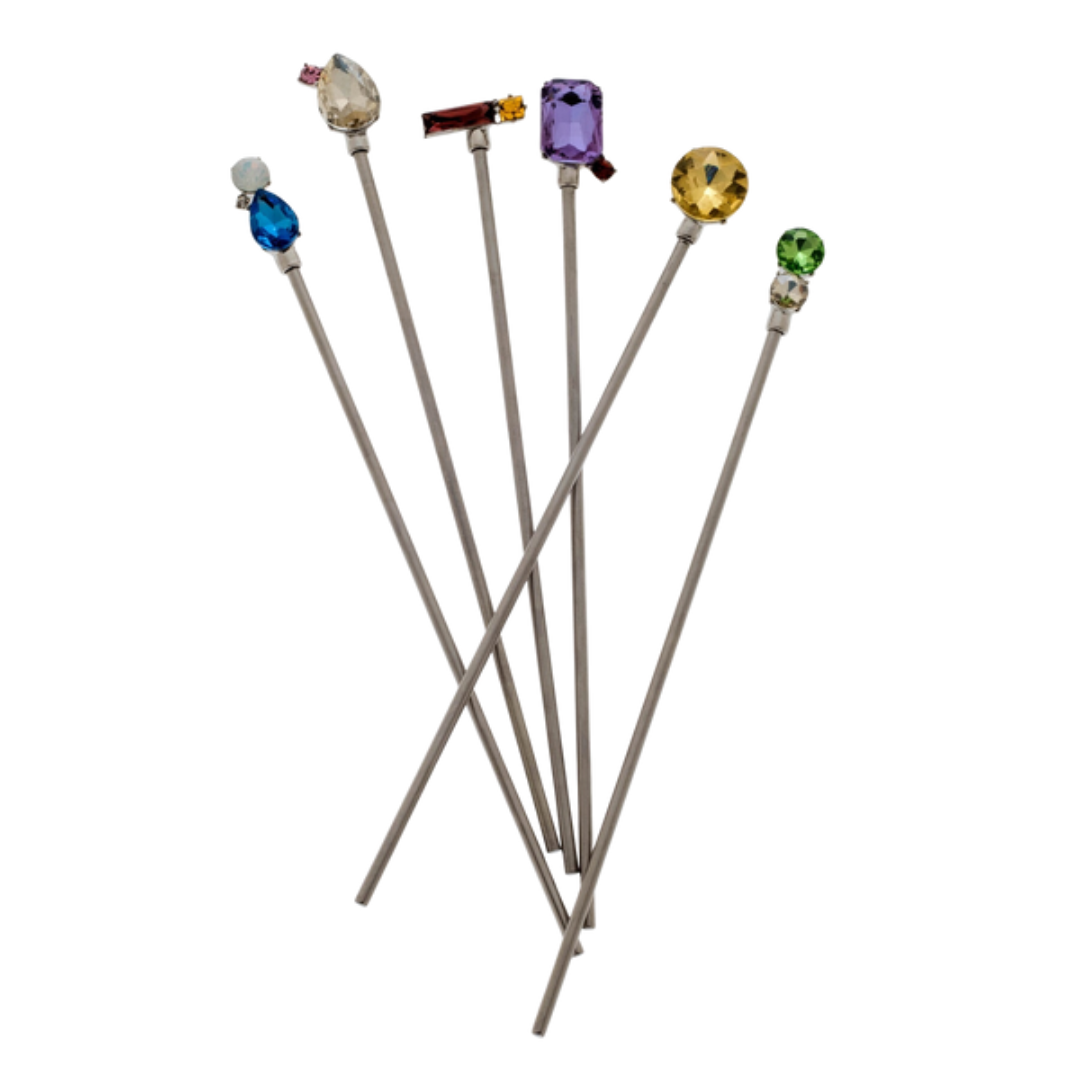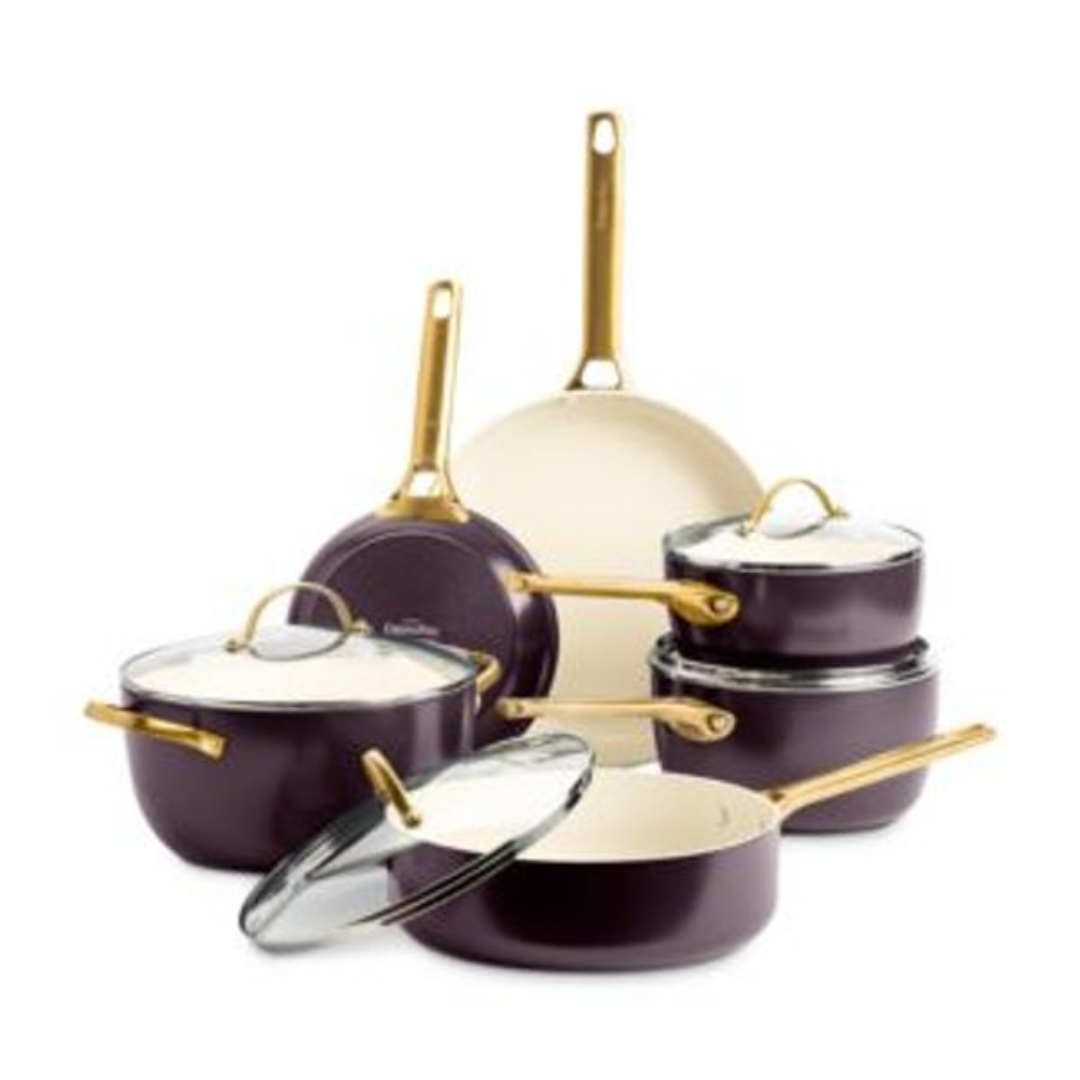LIQUID CALM
How A Humble Connecticut Shrub Became Skincare Gold
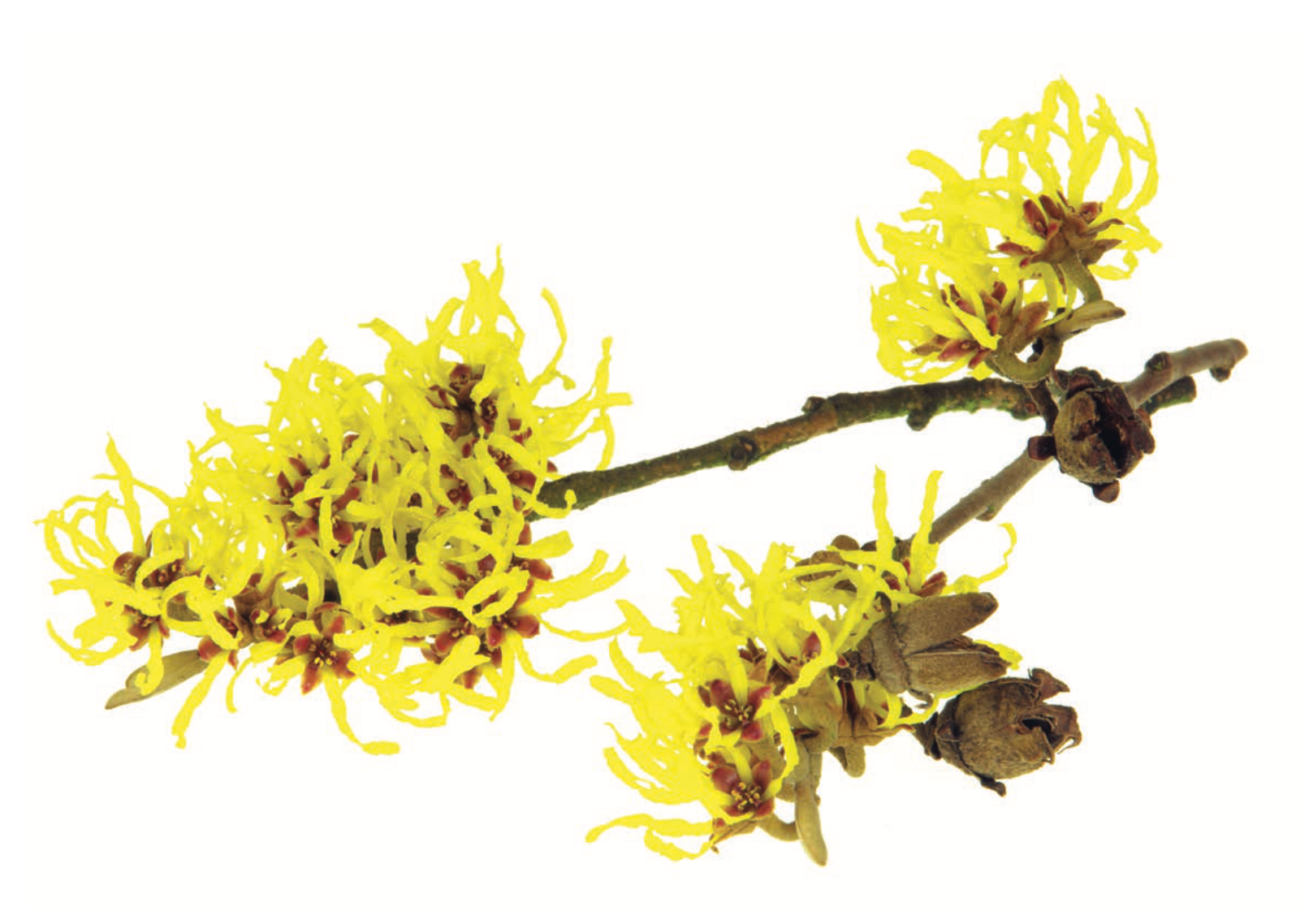
When most people think of Connecticut exports, they picture submarines sliding into the Thames or maybe a fall harvest of shiny red apples. But there’s something far more unassuming—and arguably more healing—that has quietly traveled from this corner of New England into medicine cabinets and spa shelves around the world: witch hazel.
Long before it became the darling of clean beauty brands and TikTok skincare routines, witch hazel was revered by New England’s earliest communities. For centuries, Native American tribes—including the Mohegans, Pequots, and Iroquois—steeped the plant’s slender twigs and bark into soothing poultices to treat swelling, wounds, and skin irritations. European settlers quickly adopted these remedies, making witch hazel an indispensable cure-all.
Its name, however, owes more to language than folklore. “Witch” comes not from sorcery but from the Old English wice, meaning “pliant” or “bendable”—a nod to the plant’s flexible branches, which were also used as divining rods to locate underground water. That blend of practicality and quiet mystique made witch hazel a staple in Colonial apothecaries.
By the mid-1800s, a Connecticut entrepreneur named Thomas Newton Dickinson decided to bring this centuries-old knowledge into wider use. In Essex, he began steam-distilling witch hazel by the barrel, creating a pure, potent extract that quickly earned its place in American medicine cabinets.
Remarkably, that tradition hasn’t skipped a beat. Today, the heart of authentic witch hazel production still beats in the quiet town of East Hampton, where American Distilling operates a sprawling, state-of-the-art facility. Nearly all of the world’s witch hazel is produced here. Whole branches are hand-selected from thousands of acres of New England woodlands—yes, mostly right here in the Nutmeg State—then chipped, steam-distilled, and aged in barrels just as they were 150 years ago.
Walk through the plant (or peer behind the scenes if you’re lucky enough to score a tour), and you’ll find the old ways meeting the new. Modern stainless-steel stills hum alongside time-worn wooden barrels. Employees with decades of experience oversee the delicate process of extracting the plant’s naturally soothing tannins. Even today, every bottle of Dickinson’s and T.N. Dickinson’s witch hazel can trace its roots—literally—to Connecticut soil.
At a time when many wellness trends are little more than fancy packaging and viral videos, witch hazel stands out for its staying power. The science is simple and solid: those tannins really do help tighten pores, calm inflammation, and even tame puffy eyes.
And in a world of mile-long ingredient lists, there’s something elegant about a remedy whose label still reads simply: Distilled Witch Hazel.
A REMEDY WITH ROOTS
If you were living in the 19th century, the most common way you’d encounter witch hazel was as a trusted liniment for everyday injuries. The single most popular historical use? As an external treatment for inflammation and wounds. Generations relied on witch hazel decoctions to soothe swelling—especially bruises and sprains—to treat cuts, insect bites, and skin irritations, and to ease sore muscles. It was a first-aid essential long before anyone imagined bottling it as a clarifying toner.
5 WAYS TO USE WITCH HAZEL THIS WINTER
- AS A FACIAL TONER: Tighten pores and balance oily skin after cleansing.
- TO SOOTHE WIND-CHAPPED SKIN: Mix with aloe vera gel for a calming treatment that feels like a spa day.
- AS A POST-SHAVE REMEDY: Reduce razor burn and redness the old-fashioned way.
- FOR PUFFY EYES: Chill it in the fridge and dab under your eyes for an instant de-puffing boost.
- IN A WARM COMPRESS: Soak a cloth, place it on your temples, and let the tension melt away.
So the next time you dab a little onto a sunburn or swipe it across your cheeks after a cold winter walk, take a moment to appreciate the modest shrub that made Connecticut the unofficial witch hazel capital of the world—and the generations of craftspeople who’ve kept it that way.



